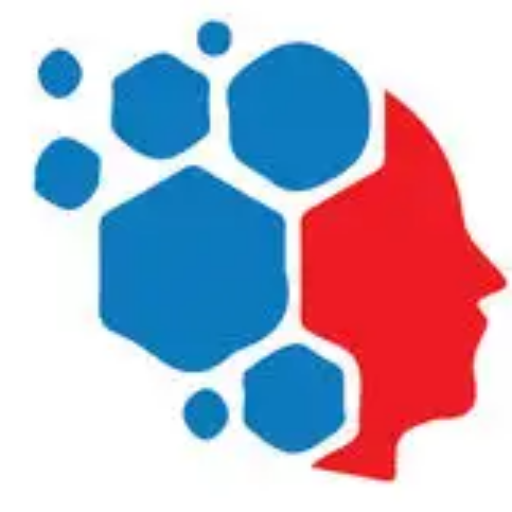What is Virtual Reality ?
Virtual Reality (VR) refers to the use of computer technology to create a simulated, three-dimensional environment that can be interacted with using specialized hardware, such as a VR headset. The immersive experience provided by VR allows users to feel as if they are physically present in a virtual world. VR technology can be used in a variety of applications, such as gaming, training simulations, and therapeutic interventions.
Virtual Reality is a cutting-edge technology that can be used to create immersive, interactive experiences and has the potential to transform a wide range of industries. Its like being in a different world, but it’s not real, it’s on the computer. Imagine you have a special glasses that you can wear, and it makes you feel like you’re in a different place, like a jungle or a castle. You can look around and it feels like you’re really there, but you’re still sitting in the same room. It’s like a magic world that you can visit but it’s not real, it’s created by the computer. It’s like playing a game, but instead of just looking at the screen, you feel like you’re inside the game. It’s a lot of fun and can be used for different things like playing games, exploring new places, and even learning new things. It’s like a computer magic that makes you feel like you’re in a different world.
In a business context, VR technology has many potential uses, such as in training and development, product design, and marketing. For example, businesses can use VR to simulate real-world scenarios for training purposes, such as flight simulations for pilots, surgery simulations for medical professionals, or emergency response simulations for first responders. VR can also be used in product design to create virtual prototypes and test them in a realistic environment. Additionally, VR technology can be used to create immersive advertising experiences that can help to increase engagement and generate leads.
